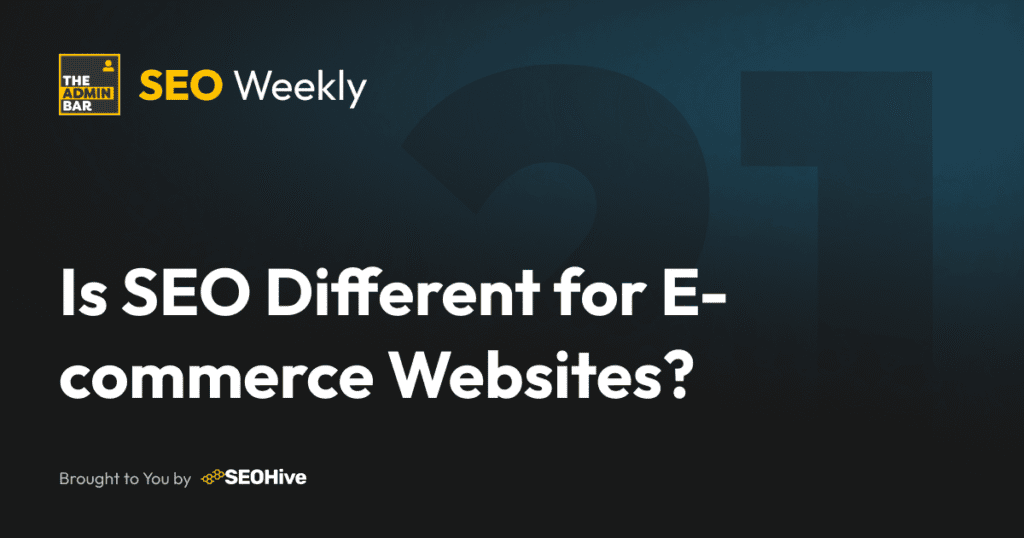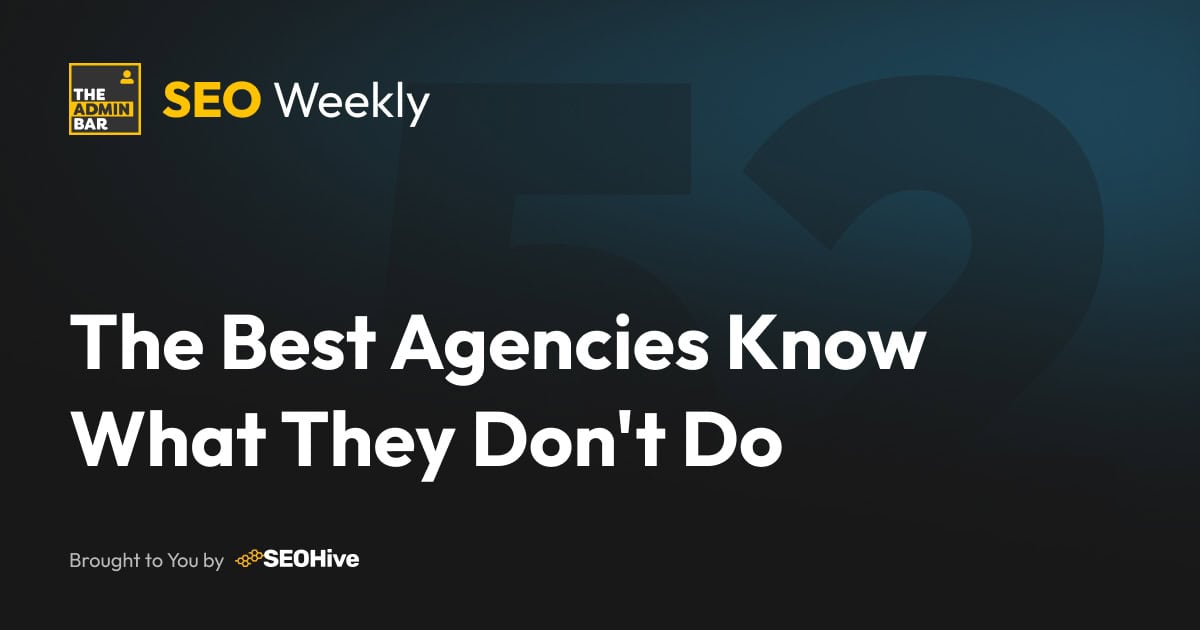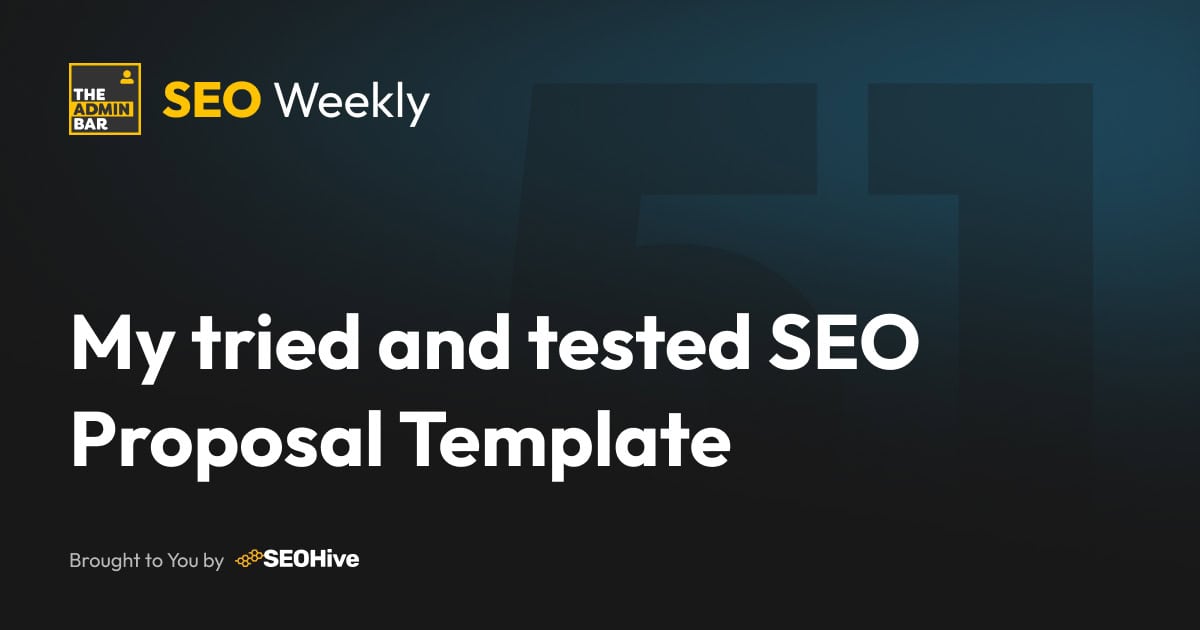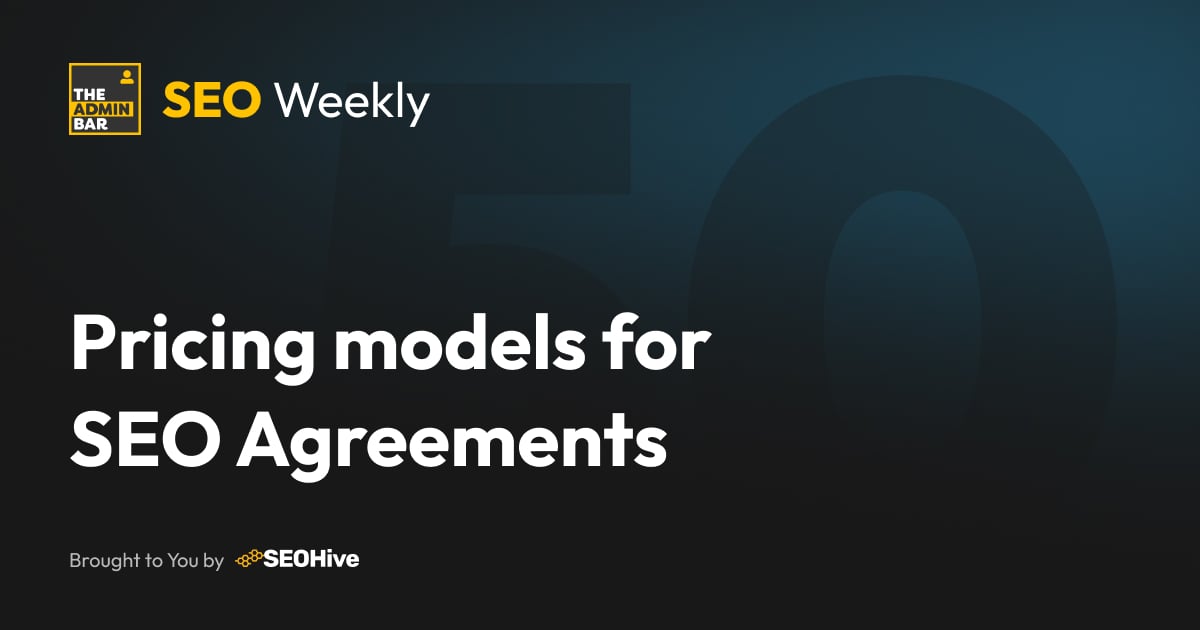I don’t know what it is about ecommerce sites that often freaks people out?! 🤨 Maybe it’s because I used to work at an ecommerce agency that I’m just normalized to them… Who knows?! But the truth is this ⬇️
SEO’s core rules don’t change regardless of the site you’re working on. Keywords, technical health, topical authority and value-driven content still rule.
But there IS a difference. Ecommerce sites are playing a different kind of game. Here’s why…
Category Pages: The Overlooked SEO Powerhouse
Again, I’m not sure why people fear category pages?! Maybe it’s because they’re classed as “archive” pages, and therefore have no SEO value, right?
❌ WRONG!
Imagine a blog post that auto-updates itself daily with fresh content – that would be amazing, wouldn’t it?!
Well, that’s essentially what a well-optimized ecommerce category page does! These pages combine curated product feeds (which Google loves for keeping your timestamps updated), with loads of internal links and with the ability to target transactional keywords! What’s not to like?!
The trick is balancing structure with creativity:
- DON’T use filters (price, brand, size) in your links. Set up proper category (or sub-category) pages to capture long-tail searches without cluttering the page.
- Write a unique 200-300 word intro for each category.
- Avoid manufacturer copy-paste (I’ve seen sites rank higher just by rewriting the standard manufacturer copy).
- Let product feeds dynamically populate content, but add manual tweaks for seasonal trends (e.g., “Summer Fitness Essentials”).
- Go to town on the “pseudo” categories you can create. You might have “running shoes”, “hiking shoes” and “stilettos” (don’t judge me 😉), but what about “orange sunburst shoes”?
AI Overviews & Ecommerce
It’s no secret. Ecommerce sites have been some of the worst hit by the rollout of Google’s AI Overviews. And it’s easy to see why – product pages (generally) aren’t that text rich, and neither are category pages.
The best solution (at the moment) is to strategize where you can build more authoritative content into your site, and focus on the EEAT (Experience, Expertise, Authoritativeness, Trustworthiness) principles we discussed a couple of weeks ago. These are just as important to ecommerce sites as any other type of website.
SEO & CRO
Here’s where ecommerce SEO diverges more away from traditional “lead gen” sites. To an ecommerce site, owner traffic without conversions is pointless.
A page might rank #1 for “wireless headphones,” but if it loads slowly or has a confusing checkout, you’re leaking revenue. So, in addition to the above, there are two additional non-negotiables:
- Speed matters more than ever. A 2-second delay can slash conversions by 12%. Compress images, lazy-load videos, and ditch bulky themes.
- Design for scanners (as in humans that scan), not readers. Use bullet points for specs, high-res images with zoom, and clear CTAs.
Believe me, this is the type of stuff that ecommerce owners know better than anyone!
A CEO at a former agency I worked at used to put it this way, “I don’t need to know everything. I just need to know more than the client sitting opposite me!” – and there’s some truth to that.
Ecommerce businesses make great clients because they are used to spending money to make money. But because of that they are GRANULAR about everything that goes on. If you want to take ecommerce SEO seriously, you need to be more granular than they are, or you won’t be speaking their language.
The Bottom Line
E-commerce SEO isn’t about reinventing the wheel – it’s about leveraging structure (category pages, dynamic content) and obsessing over user experience. Nail both, and you’ll have ecommerce clients for life!
Join the Conversation!
There's a dedicated thread on this post inside of The Admin Bar community. Join in on the conversation, ask questions, and learn more!
Group Thread





